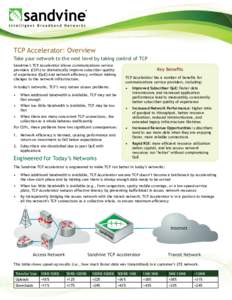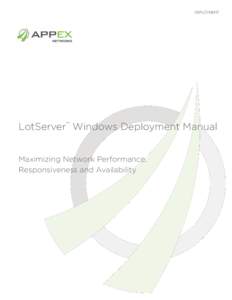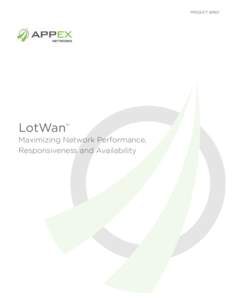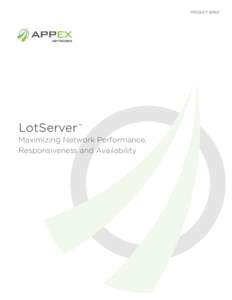 Computing Network performance Flow control TCP acceleration WAN optimization Transmission Control Protocol TCP offload engine Internet protocol suite Packet loss Sandvine Bufferbloat Zeta-TCP | |  TCP Accelerator: Overview Take your network to the next level by taking control of TCP Sandvine’s TCP Accelerator allows communications service providers (CSPs) to dramatically improve subscriber quality of experience TCP Accelerator: Overview Take your network to the next level by taking control of TCP Sandvine’s TCP Accelerator allows communications service providers (CSPs) to dramatically improve subscriber quality of experience
Add to Reading ListSource URL: www.sandvine.comDownload Document from Source Website File Size: 999,51 KBShare Document on Facebook
|






 TCP Accelerator: Overview Take your network to the next level by taking control of TCP Sandvine’s TCP Accelerator allows communications service providers (CSPs) to dramatically improve subscriber quality of experience
TCP Accelerator: Overview Take your network to the next level by taking control of TCP Sandvine’s TCP Accelerator allows communications service providers (CSPs) to dramatically improve subscriber quality of experience